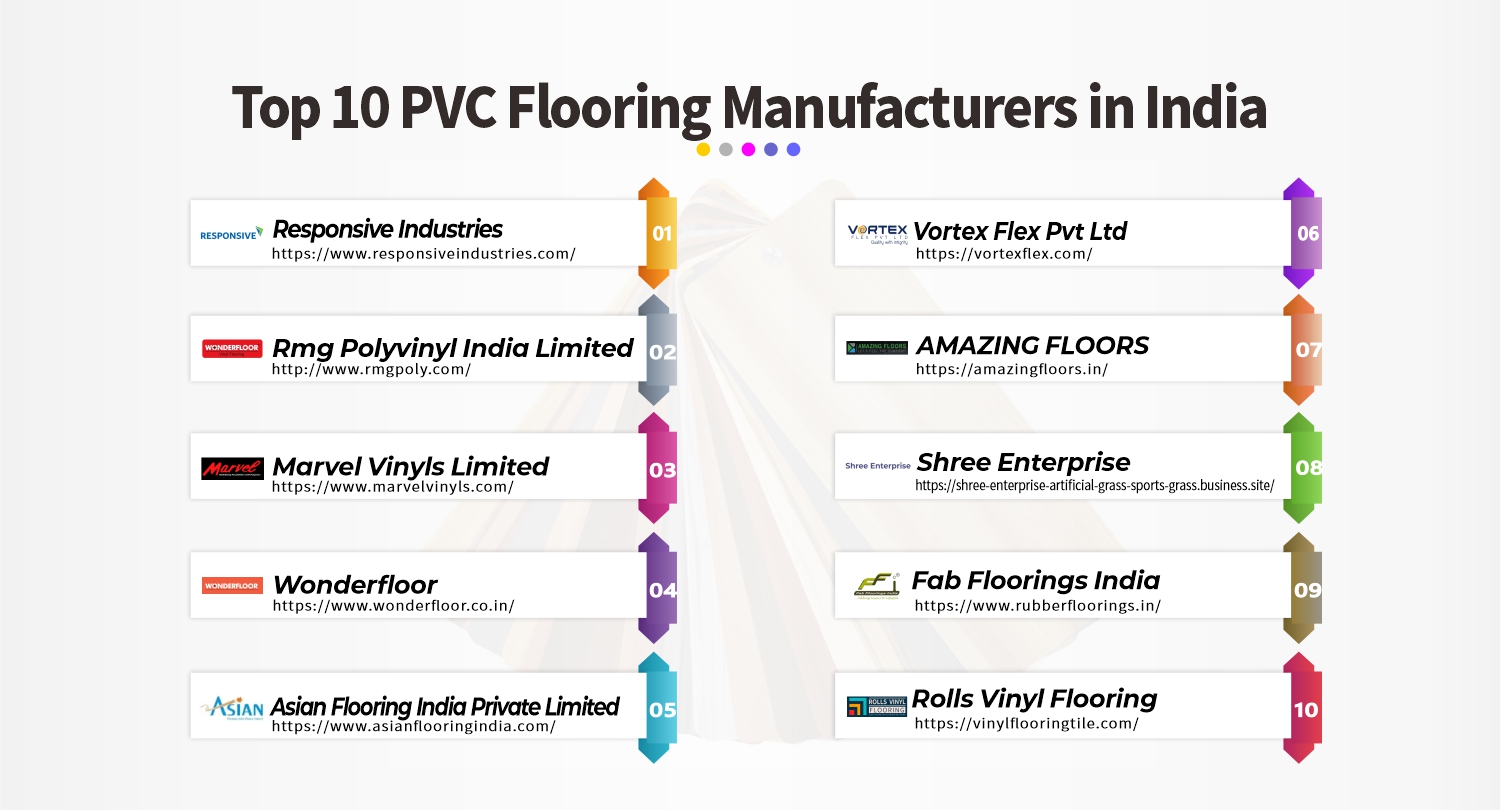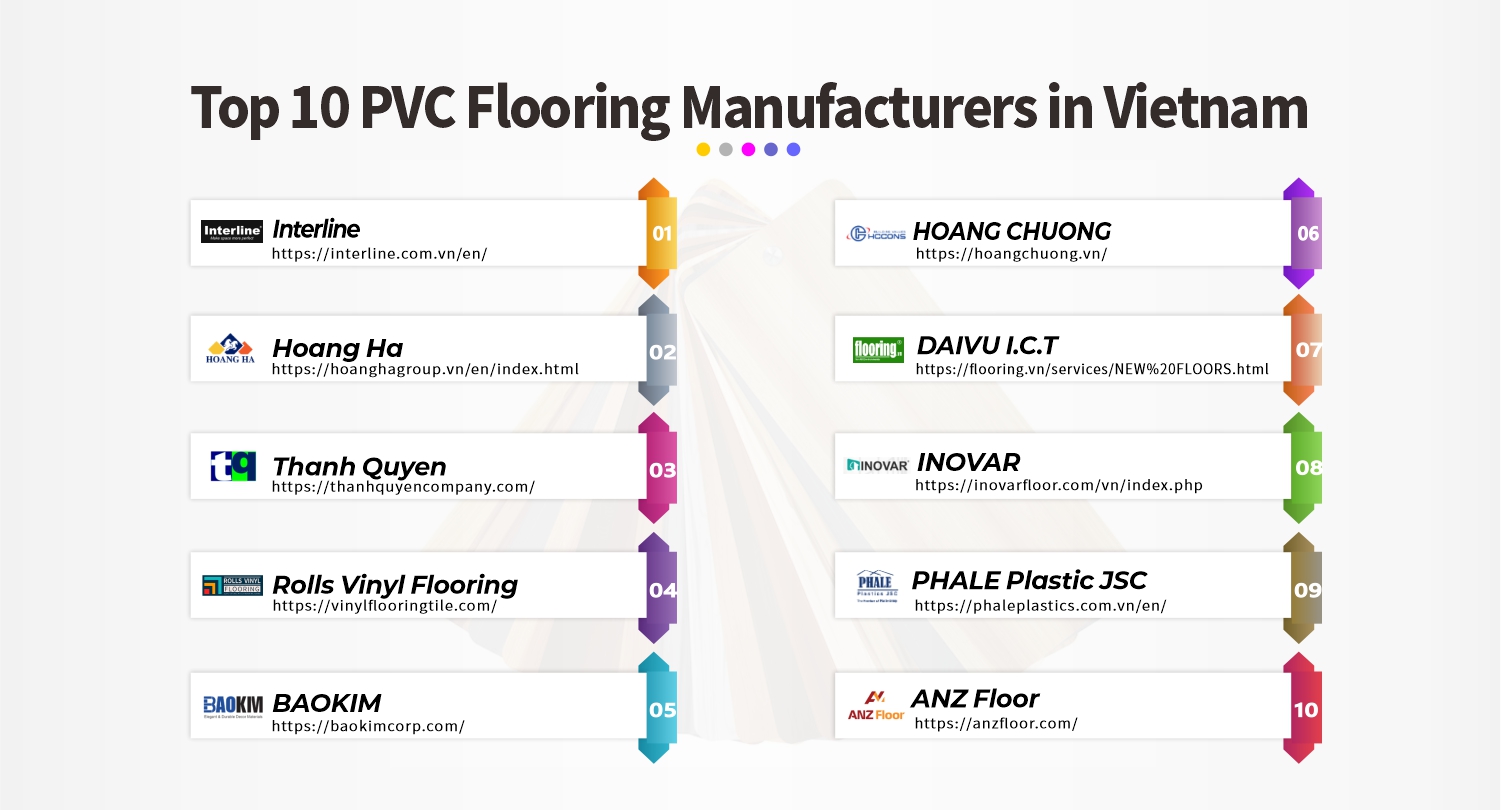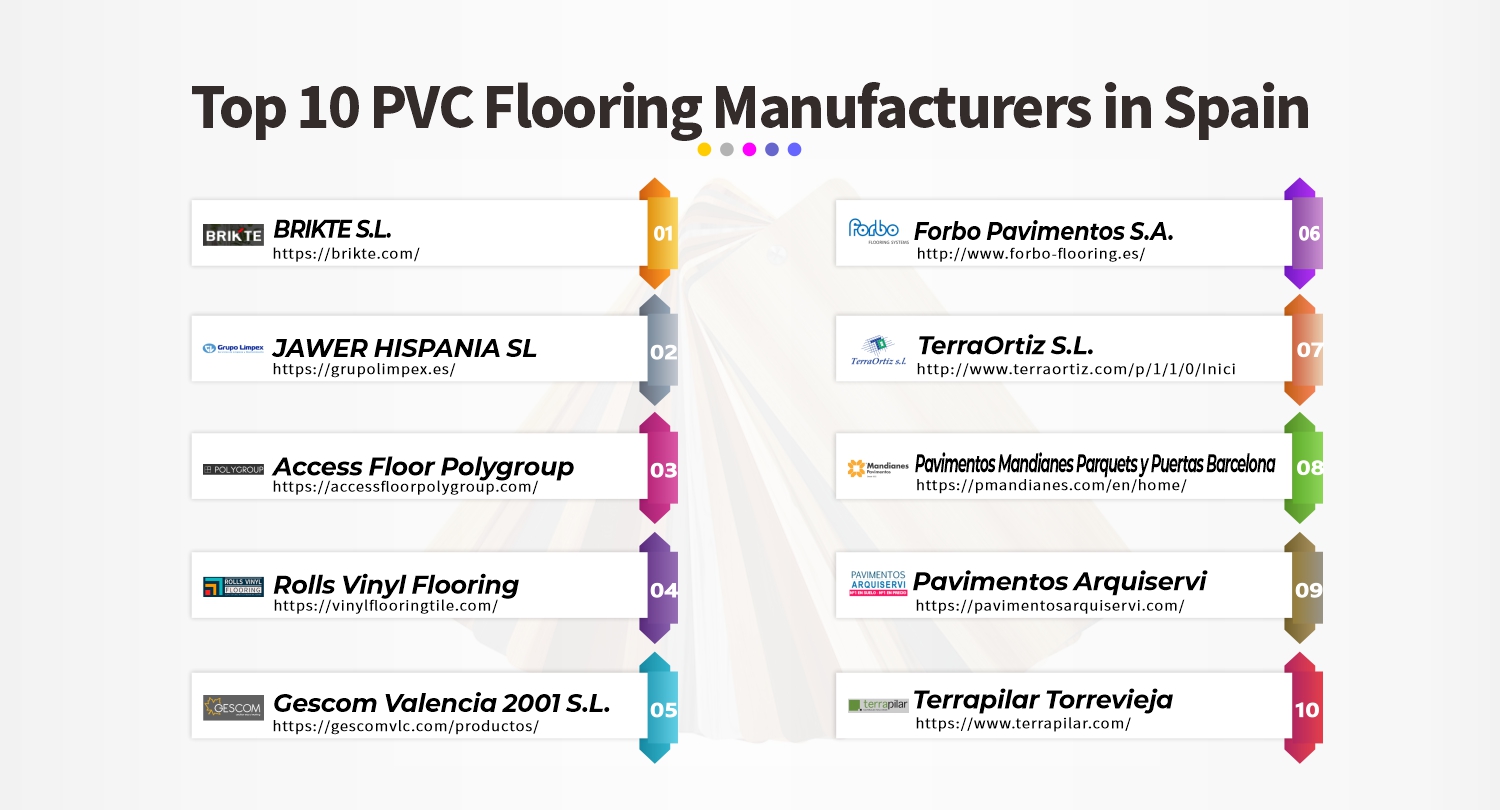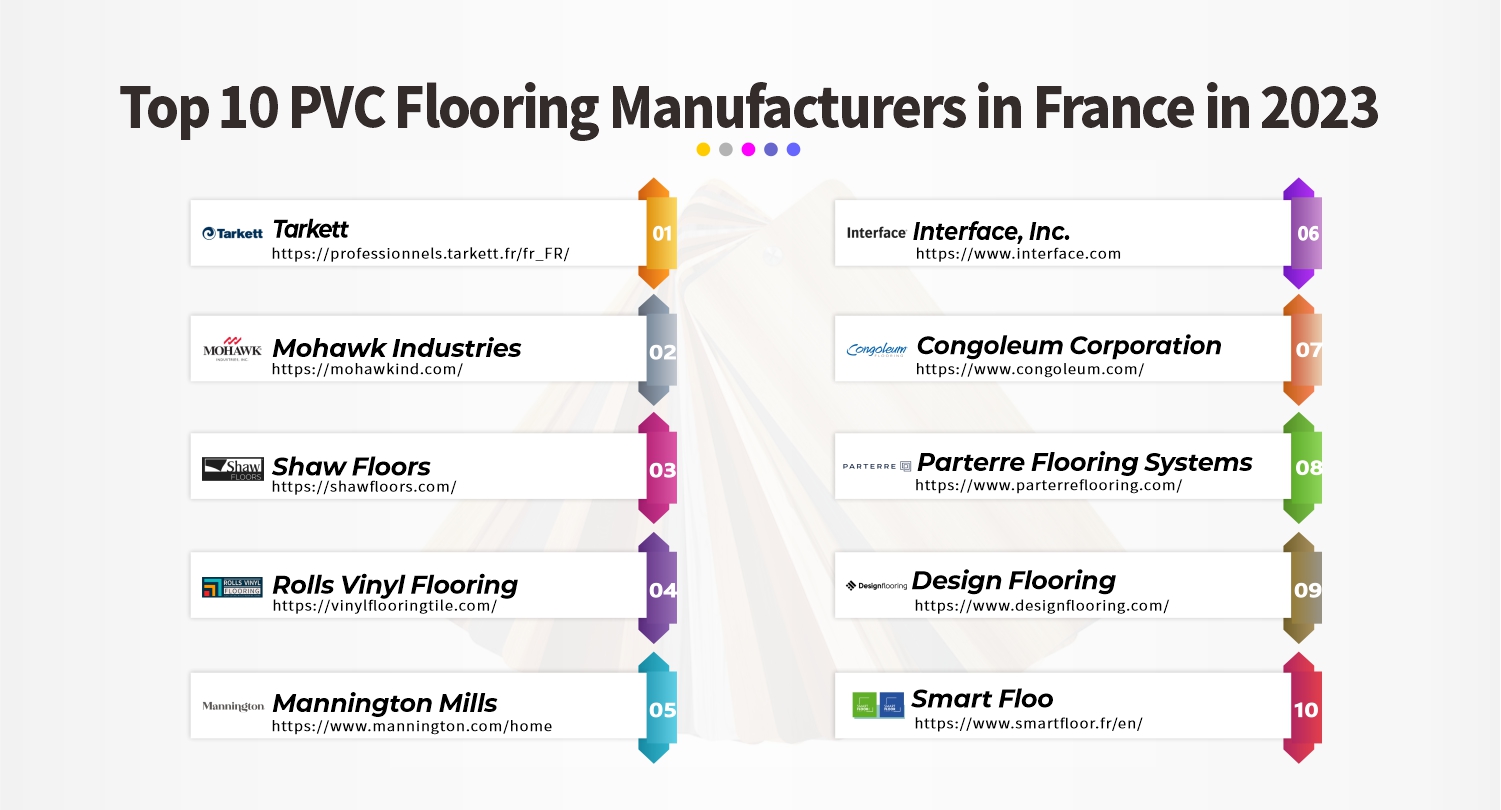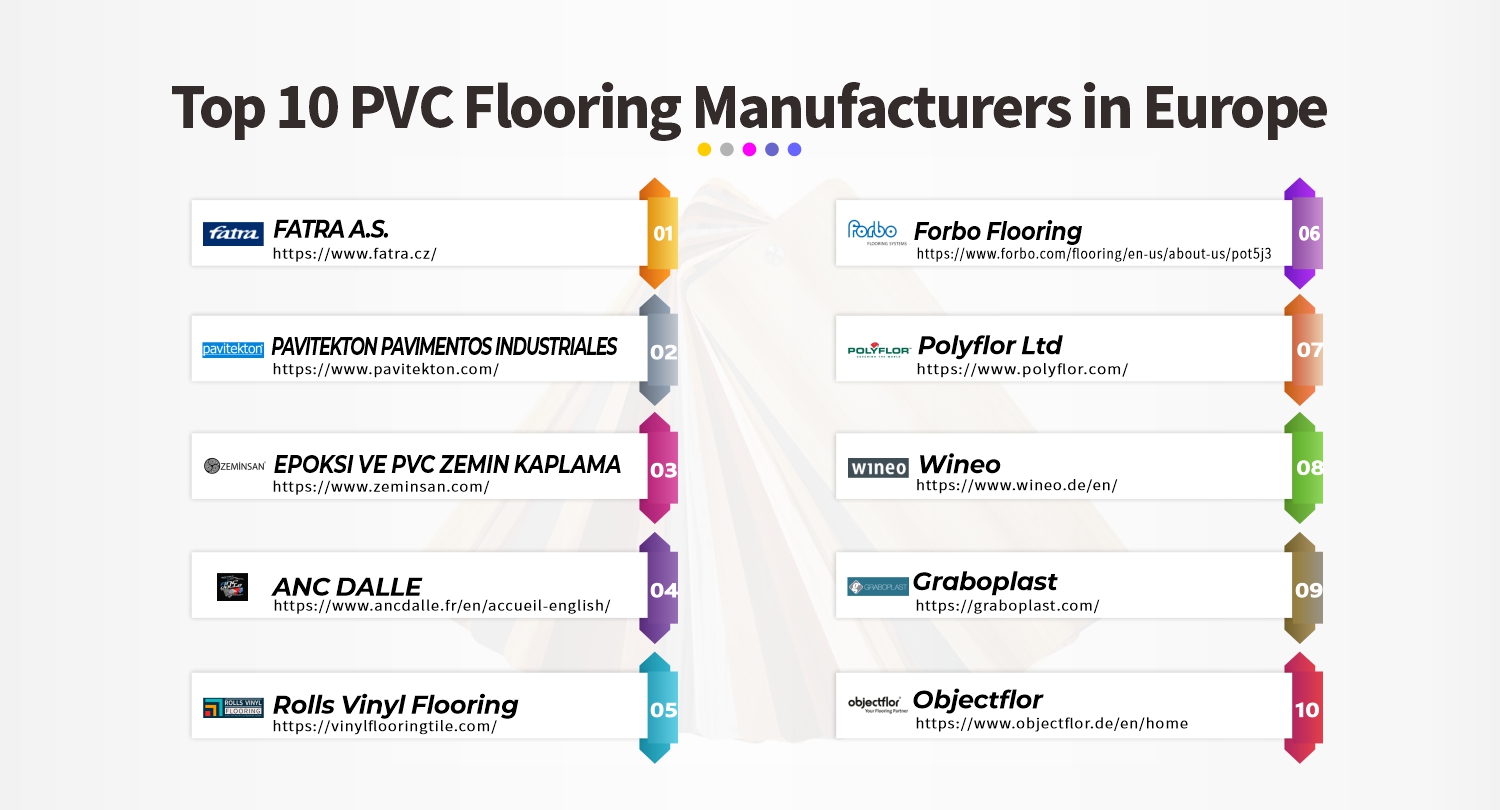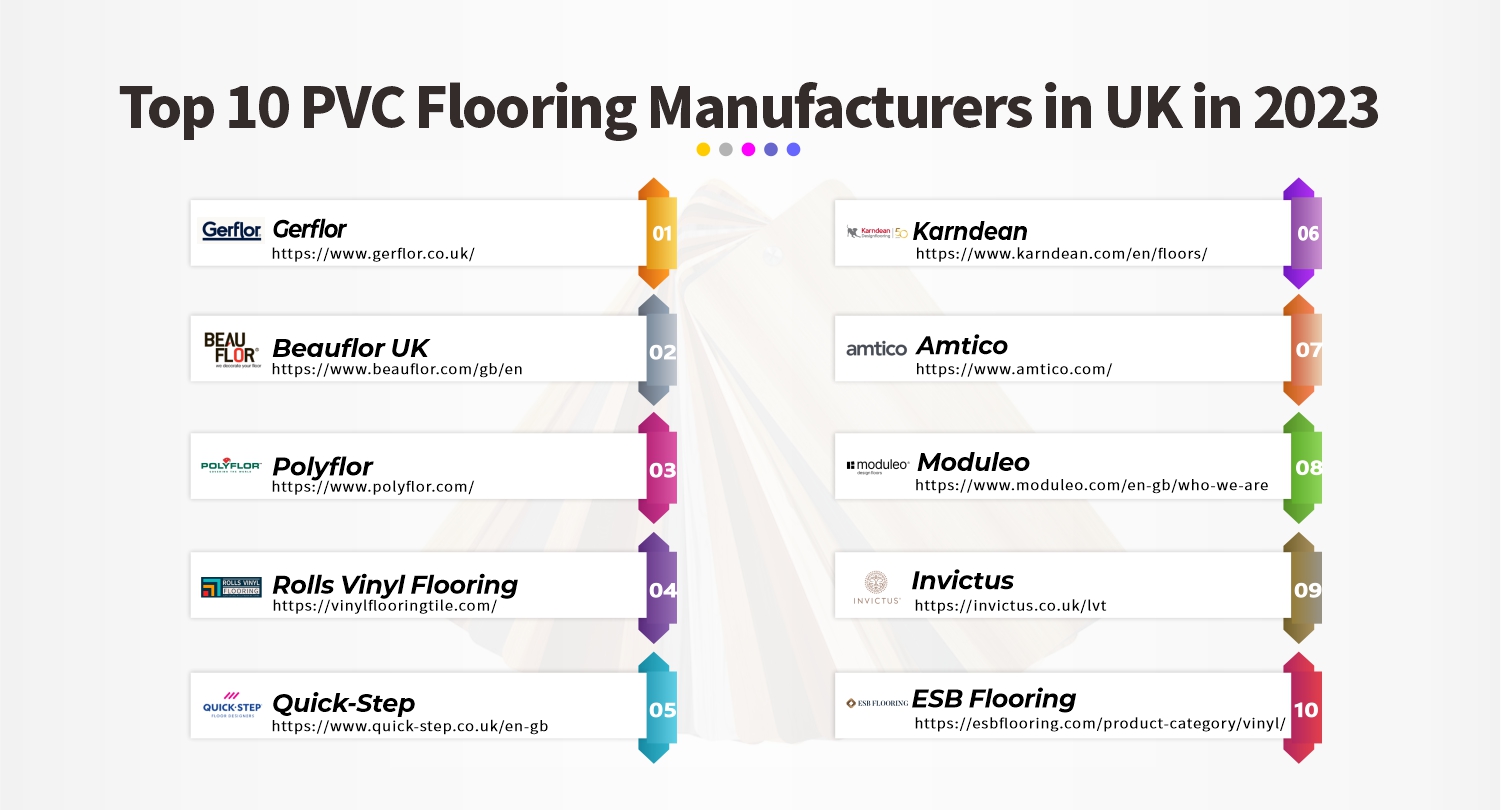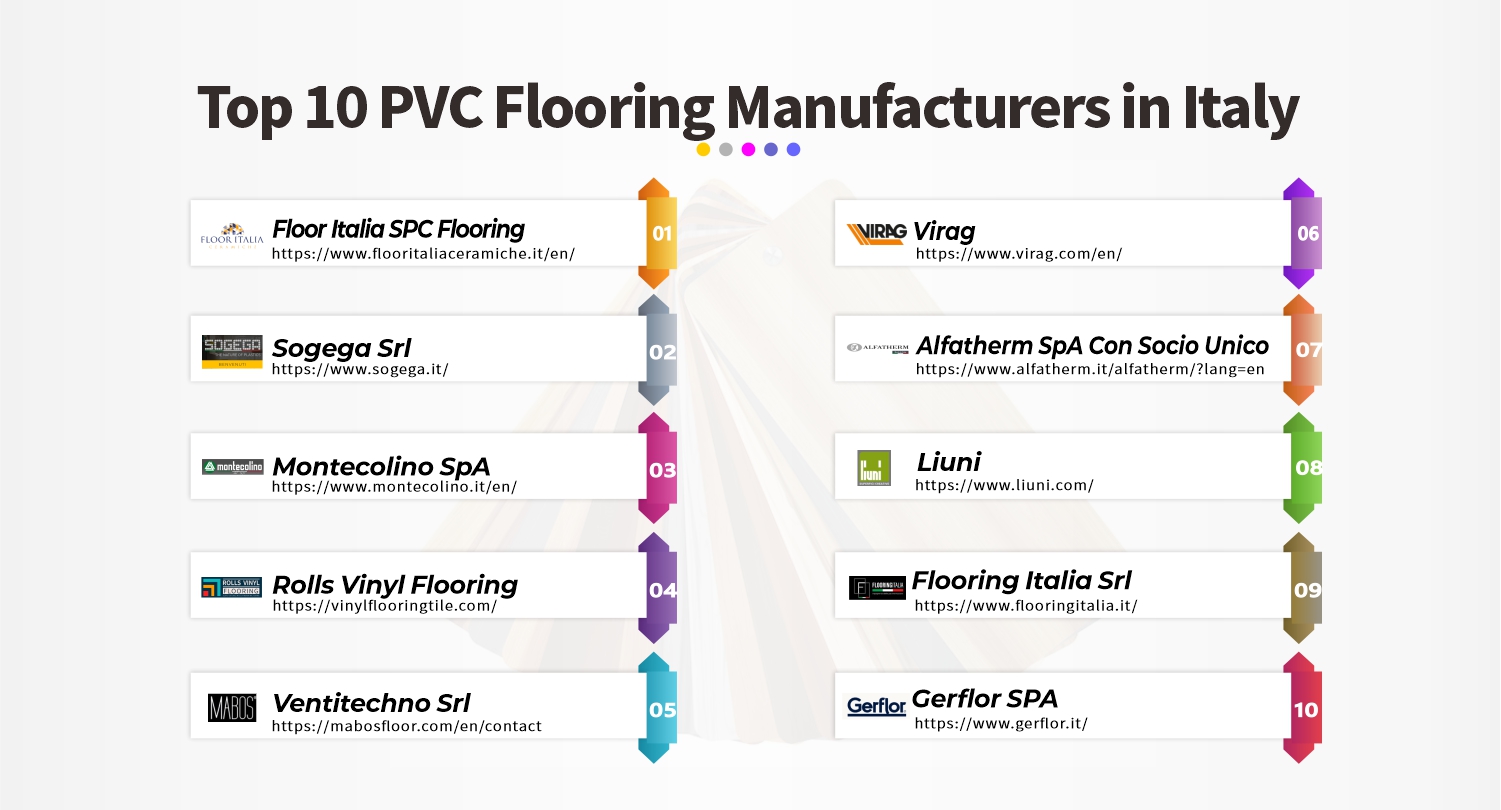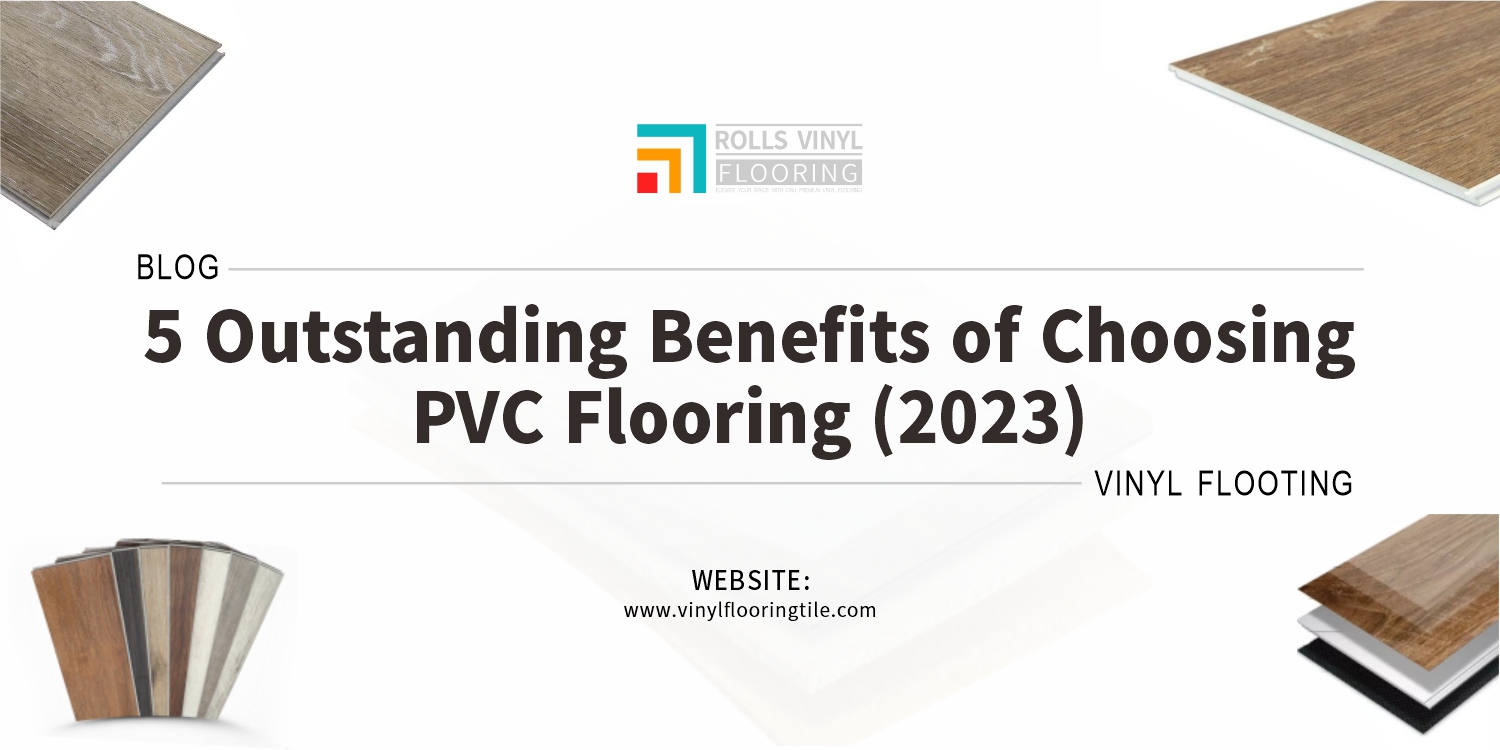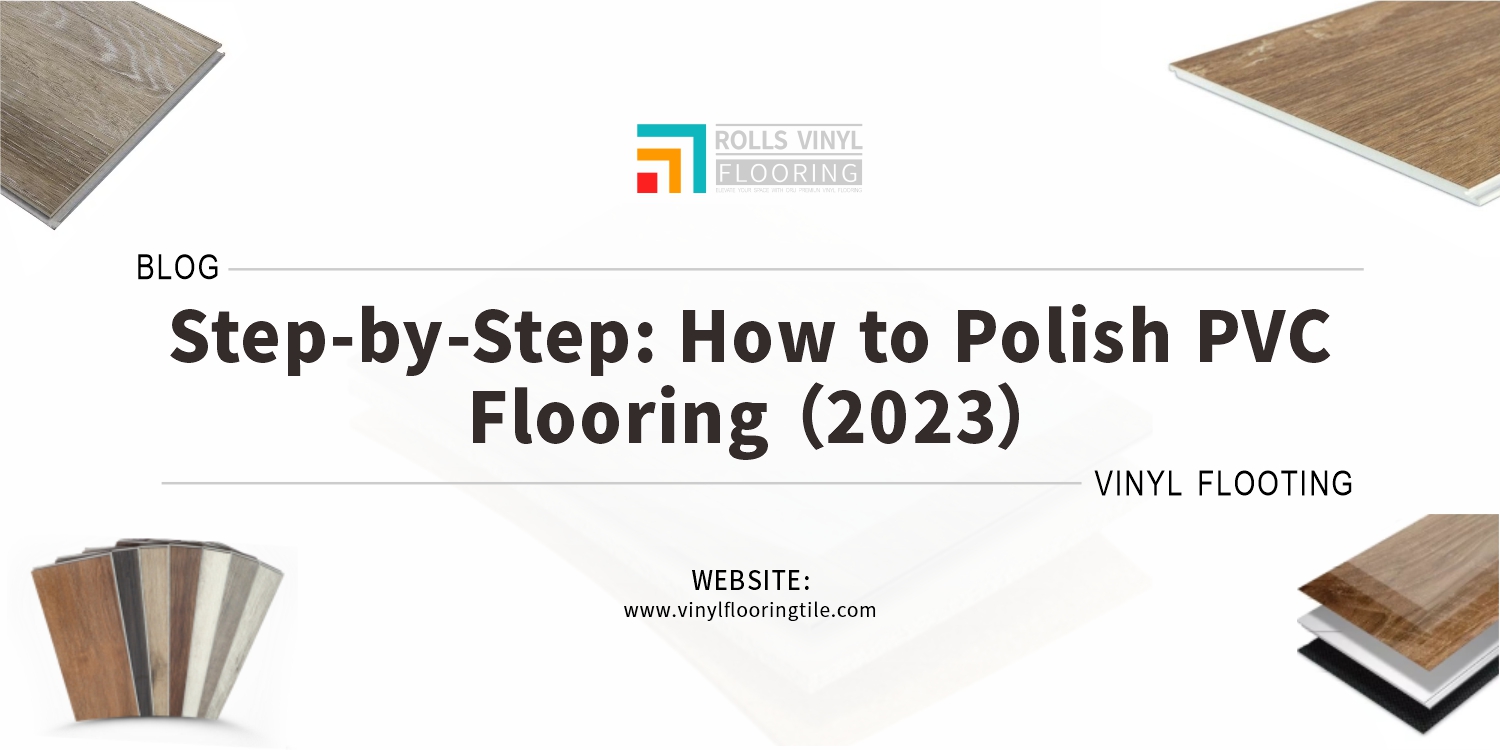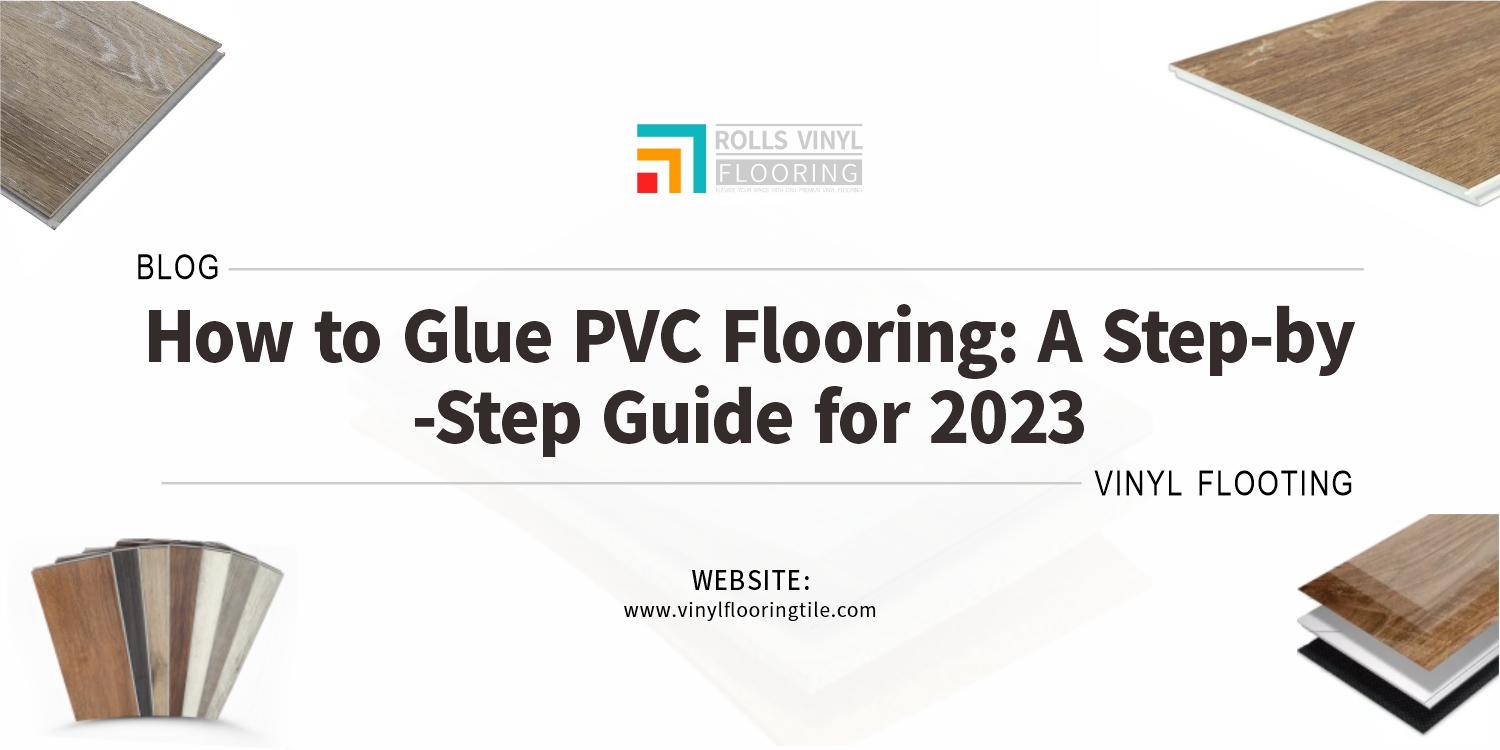If you’re considering installing vinyl flooring, it’s essential to understand the benefits of using a moisture barrier. Moisture can cause serious damage to your flooring, reducing foot comfort and increasing noise levels. Did you know that a moisture barrier can help prevent these issues?
Using a moisture barrier when installing vinyl flooring offers several benefits, including increased foot comfort, prevention of moisture damage, noise reduction, and improved insulation to keep your floors warm. By preventing moisture from seeping through the subfloor, a moisture barrier can prevent issues such as buckling, swelling, and warping.
Whether you’re installing new vinyl flooring or want to protect your existing flooring, there’s a lot to learn about moisture barriers and how they can benefit your home. Keep reading to discover more about the benefits of using a moisture barrier with vinyl flooring.
1. What is vinyl flooring and moisture barrier
Vinyl flooring is a type of resilient flooring that is made from synthetic materials such as polyvinyl chloride (PVC). It is a popular flooring option for both residential and commercial spaces due to its durability, affordability, and low maintenance requirements. Vinyl flooring comes in a variety of colors, patterns, and textures, making it a versatile flooring option that can mimic the look of natural materials like wood or stone.
While vinyl flooring is relatively easy to install, it is important to ensure that the subfloor is clean, dry, and level before installation. This is where moisture barriers come in. Moisture barriers are materials that are installed over the subfloor to prevent moisture from seeping through and causing damage to the flooring.

Moisture barriers can come in different forms, including plastic sheets, specialized underlayments, and moisture-resistant adhesives. The type of moisture barrier that is used will depend on the specific requirements of the subfloor and the vinyl flooring being installed.
To use a moisture barrier with vinyl flooring, the subfloor must be thoroughly cleaned and dried. Any existing moisture or debris must be removed to ensure that the moisture barrier can adhere properly to the subfloor. Once the subfloor is prepped, the moisture barrier is laid down in sheets, overlapping each sheet by a few inches to ensure complete coverage. The edges of each sheet are then sealed with specialized tape to create a waterproof seal.
After the moisture barrier has been installed, the vinyl flooring can be laid on top using an adhesive or a click-and-lock system. The vinyl flooring should be laid in a staggered pattern to ensure a secure fit and to prevent any seams from lining up.
Using a moisture barrier with vinyl flooring is an important step in ensuring the longevity and durability of the flooring. Moisture can cause warping, buckling, and other types of damage to vinyl flooring over time, so it is essential to take measures to prevent it from seeping through the subfloor. By installing a moisture barrier, you can protect your investment and ensure that your vinyl flooring stays looking great for years to come.
2. What will moisture cause for vinyl flooring
Moisture can cause several issues for vinyl flooring, including buckling and swelling, as well as the growth of mold.
Buckling and swelling occur when moisture gets trapped between the vinyl flooring and the subfloor. As the moisture evaporates, it causes the vinyl flooring to expand, leading to buckling or swelling. This can cause the vinyl planks or tiles to lift and become uneven, which can be unsightly and create tripping hazards. If left unchecked, this can also cause permanent damage to the vinyl flooring.
Mold is another issue that can occur with vinyl flooring when moisture is present. Mold thrives in damp and humid environments, and if moisture is present in the subfloor or between the vinyl flooring and the subfloor, it can create the ideal conditions for mold growth. Mold can cause health issues, particularly for those with allergies or respiratory issues, and it can also cause damage to the vinyl flooring and the surrounding structures.
In addition to these issues, moisture can also cause discoloration and warping of vinyl flooring over time, particularly if it is not properly sealed or if water is allowed to pool on the surface.
Situations you may encounter and simple ways to deal with them
| Consequence | Suggested Solution |
|---|---|
| 1. Buckling or Warping | If vinyl flooring is exposed to moisture for an extended period of time, it may buckle or warp. To prevent this, ensure that the subfloor is dry and free of moisture before installing vinyl flooring, and avoid exposing the flooring to water or excessive moisture after installation. If buckling or warping has already occurred, contact a professional to assess the damage and replace any damaged planks. |
| 2. Discoloration | Moisture can cause vinyl flooring to become discolored or stained. To prevent this, wipe up any spills or moisture immediately using a dry cloth, and avoid exposing the flooring to water or excessive moisture. If discoloration has already occurred, try using a mild cleaner specifically designed for vinyl flooring to remove the stains. |
| 3. Mold and Mildew | Moisture can create the ideal conditions for mold and mildew growth on vinyl flooring. To prevent this, ensure that the subfloor is dry and free of moisture before installing vinyl flooring, and avoid exposing the flooring to water or excessive moisture after installation. If mold or mildew has already formed, clean the affected area with a solution of water and bleach, or contact a professional for assistance. |
| 4. Odors | Moisture can cause vinyl flooring to develop unpleasant odors. To prevent this, ensure that the subfloor is dry and free of moisture before installing vinyl flooring, and avoid exposing the flooring to water or excessive moisture after installation. If odors have already developed, try using a mild cleaner specifically designed for vinyl flooring to eliminate the smell. |
| 5. Delamination | Moisture can cause the layers of vinyl flooring to separate, a process known as delamination. To prevent this, ensure that the subfloor is dry and free of moisture before installing vinyl flooring, and avoid exposing the flooring to water or excessive moisture after installation. If delamination has already occurred, contact a professional to assess the damage and replace any damaged planks. |
| 6. Slipperiness | Moisture can make vinyl flooring slippery and increase the risk of slips and falls. To prevent this, wipe up any spills or moisture immediately using a dry cloth, and avoid exposing the flooring to water or excessive moisture. If slipperiness is a concern, consider using slip-resistant mats or rugs in areas where moisture is likely to accumulate, such as entryways or kitchens. |
To prevent these issues, it is important to install a moisture barrier when installing vinyl flooring, as well as ensure that the subfloor is completely dry and free from any moisture. If moisture does become an issue, it is important to address it quickly to prevent any further damage to the vinyl flooring or the surrounding structures. Regular cleaning and maintenance can also help to prevent the buildup of moisture and the growth of mold.

3. Benefits of using moisture barrier
Using a moisture barrier when installing vinyl flooring offers several benefits, including increased foot comfort, prevention of moisture damage, noise reduction, and improved insulation to keep your floors warm.
One of the main benefits of using a moisture barrier is increased foot comfort. Moisture can make floors feel cold and clammy, which can be unpleasant to walk on. A moisture barrier helps to prevent moisture from seeping through the subfloor and into the vinyl flooring, creating a more comfortable and inviting atmosphere in your space.
In addition to increased foot comfort, a moisture barrier also helps to prevent moisture damage to your flooring. Moisture can cause a variety of issues for vinyl flooring, including buckling, swelling, discoloration, and warping. By installing a moisture barrier, you can prevent moisture from seeping through the subfloor and causing these types of damage.
Another benefit of using a moisture barrier is that it can help to reduce noise. Vinyl flooring can sometimes produce a hollow, echoing sound when walked on, particularly in large, open spaces. A moisture barrier helps to create a more solid, stable surface for your vinyl flooring, which can reduce the amount of noise produced when walking on it.
Finally, a moisture barrier can also help to improve the insulation properties of your vinyl flooring. Vinyl flooring is not particularly insulating on its own, so a moisture barrier can help to prevent heat loss and keep your floors warm. This can be particularly beneficial in colder climates or in homes with concrete subfloors, which can feel cold and damp without proper insulation.
| Benefit | Description |
|---|---|
| 1. Prevents Moisture Damage | A moisture barrier helps prevent moisture from seeping into the subfloor and damaging the vinyl flooring. This can prevent issues such as warping, buckling, or mold growth. |
| 2. Extends Lifespan | By protecting the vinyl flooring from moisture damage, a moisture barrier can help extend the lifespan of the flooring, reducing the need for costly repairs or replacement. |
| 3. Improves Indoor Air Quality | Moisture barriers can also help improve indoor air quality by preventing mold growth and reducing the risk of other moisture-related problems, such as musty odors. |
| 4. Saves Money | Installing a moisture barrier can save money in the long run by preventing moisture damage and reducing the need for repairs or replacement of the vinyl flooring. |
| 5. Provides a Smooth Surface | A moisture barrier provides a smooth and level surface for the vinyl flooring to be installed on, ensuring a professional and aesthetically pleasing finish. |
| 6. Easy Installation | Moisture barriers are typically easy to install and can be installed in a variety of spaces, including basements, bathrooms, and laundry rooms. |
Overall, using a moisture barrier when installing vinyl flooring offers several benefits, including increased foot comfort, prevention of moisture damage, noise reduction, and improved insulation. By taking steps to prevent moisture from seeping through your subfloor, you can ensure that your vinyl flooring stays looking great for years to come.

Protecting your vinyl flooring with a moisture barrier is a smart investment that can improve foot comfort, prevent moisture damage, reduce noise, and keep your floors warm. By taking steps to prevent moisture from seeping through your subfloor, you can ensure that your vinyl flooring stays looking great for years to come.


